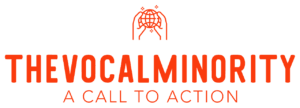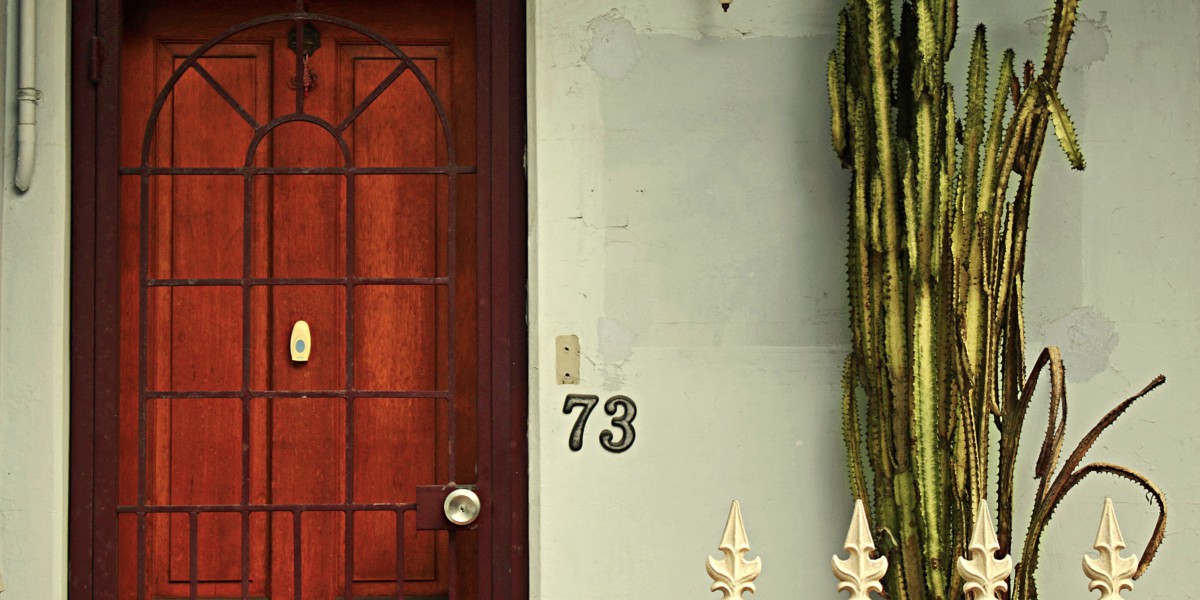Losing your job, getting sick – it could mean that you’re suddenly without a secure home. The pandemic has pointed that out with painful clarity. There just isn’t a type of person who finds themselves in homelessness. Whereas up until recently we stereotyped homelessness with rough sleeping males who have alcohol/drugs or mental health related problems, we now see that the problem is much larger.
Homelessness includes those who are sleeping rough, those in crisis accommodation, who are couch surfing or live in boarding houses, or who live in temporary or overcrowded dwellings.
But the pandemic is changing how our society views the problem. We have realised that secure and safe housing is not always a given – and that many of us could be in the firing line.
The first wave
In March, during the first wave, we saw a sweeping change tackling homelessness. Within a matter of weeks, NSW and Victoria state governments promised support packages totalling millions to the homeless sector to help them stop the virus’ spread among our most vulnerable.
Much of this money was spent to get long-term homeless people out of overcrowded crisis accommodation with dorm-style sleeping arrangements. In Sydney alone, about 2000 people were moved into 4-star hotels. In Adelaide, people were moved into emergency accommodation in motels.
New initiatives
While hearings continue for the inquiry into Homelessness in Australia by the House Standing Committee on Social Policy and Legal Affairs, new initiatives are put into place to keep vulnerable people out of homelessness.
Spurred on by the success of its approach, the Victorian government this week announced a $150 million Hotels to Homes package. This package promises permanent housing to the 2000 people that were moved into hotels at the start of the crisis. The state government has pledged to lease 1100 properties from the private rental market while the first of 1000 new social housing units – promised during the 2018 election campaign – are also becoming available.
The second phase results of Melbourne’s research program Journey to Social Inclusion have also just been released. The program, run by Sacred Heart Mission for over 10 years, has been addressing chronic homelessness. It facilitates rapid access to housing through partnerships with housing providers and sustains that housing over time. The research show that 82.5 per cent of participants were housed at the end of the program, more were in housing (62.2%) than the comparison group (28.3%) and that 40.5 per cent felt safe in their housing all of the time – that is three times the number at the beginning of the study.
In NSW, a newly released Homelessness Action plan by the City of Sydney promises increased access to housing, support for people sleeping rough and improved collaboration with other organisations. Sydney’s Lord Mayor Clover Moore says no one should return to the streets: “The pandemic has emphasised how important our homes are. We want to build on the increased support offered to our vulnerable communities through this period to break the cycle of homelessness once and for all.”
Focus on regional Australia
It is great to see major capital cities actively tackling the problem. Now we need the federal government to apply this Australia-wide.
Homelessness is rife in parts of regional Australia. Poverty is widespread and jobs often hard to come by. Add to that the recent droughts and bushfires, as well as a lack of mental health support, and it’s no surprise to find people living in makeshift camps. The popularity of Airbnb also has a lot to answer for, adding in some areas to a complete lack of affordable housing. Watch this powerful interview with Byron Bay resident and aged care worker Ilona Harker.
We are in a national emergency and we need a national recovery plan. This includes rezoning changes and encouraging developers to build social housing. Jobs, health, housing and safety are all intertwined and we are already seeing that if one group is left behind, the rest of the population struggles.
Communities need affordable and social housing options. The problem of rough sleeping needs to end right here.

